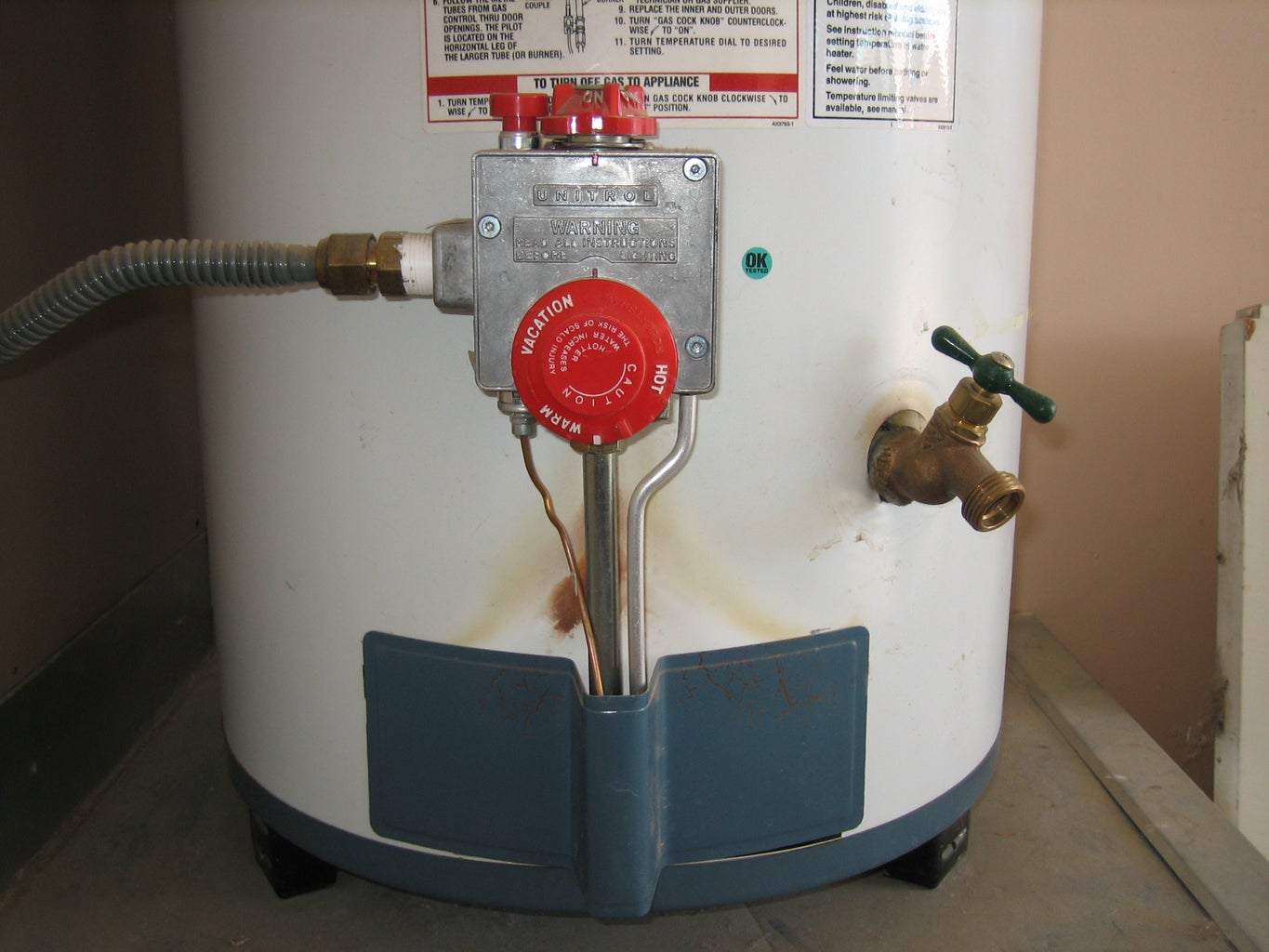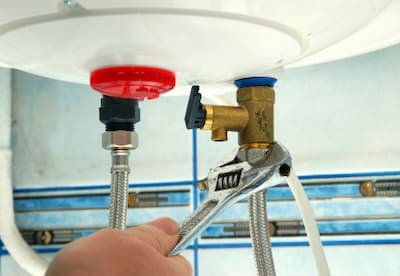Maintaining Your Home's Hot Water System: Essential GuidelinesMaintaining Your Home's Hot Water System: Essential Guidelines
Maintaining Your Home's Hot Water System: Essential GuidelinesMaintaining Your Home's Hot Water System: Essential Guidelines
Blog Article
Each person is bound to have their unique assumption with regards to Tips on Maintaining a Water Heater.

Hot water is essential for everyday convenience, whether it's for a rejuvenating shower or cleaning meals. To ensure your warm water system runs efficiently and lasts much longer, regular maintenance is vital. This short article provides functional suggestions and understandings on exactly how to keep your home's hot water system to stay clear of interruptions and pricey repair services.
Intro
Preserving your home's warm water system might seem complicated, yet with a few basic steps, you can guarantee it operates efficiently for years to find. This overview covers everything from recognizing your warm water system to DIY upkeep tips and understanding when to employ professional assistance.
Importance of Keeping Your Hot Water System
Routine maintenance not just extends the life expectancy of your warm water system but also guarantees it runs efficiently. Ignoring upkeep can lead to decreased effectiveness, greater power costs, and even early failing of the system.
Indicators Your Hot Water System Requirements Upkeep
Recognizing when your hot water system needs interest can protect against major problems. Keep an eye out for indicators such as irregular water temperature level, odd sounds from the heater, or rusty water.
Understanding Your Hot Water System
Before diving into maintenance tasks, it's useful to understand the basic components of your hot water system. Generally, this consists of the hot water heater itself, pipelines, anode rods, and temperature controls.
Month-to-month Maintenance Tasks
Normal month-to-month checks can aid catch minor issues before they intensify.
Flushing the Hot Water Heater
Purging your hot water heater gets rid of debris build-up, boosting efficiency and prolonging its life.
Monitoring and Changing Anode Rods
Anode poles stop deterioration inside the container. Evaluating and changing them when worn is critical.
Evaluating and Readjusting Temperature Level Setups
Readjusting the temperature level setups makes certain optimum efficiency and safety.
DIY Tips for Maintenance
You can perform several maintenance jobs on your own to maintain your warm water system in leading problem.
Checking for Leaks
Frequently inspect pipelines and links for leakages, as these can lead to water damages and greater bills.
Testing Stress Alleviation Valves
Checking the stress relief valve ensures it functions appropriately and protects against extreme pressure buildup.
Shielding Pipelines
Protecting hot water pipelines decreases warmth loss and can conserve energy.
When to Call a Professional
While do it yourself upkeep is useful, some problems require specialist know-how.
Complicated Issues Requiring Specialist Assistance
Examples consist of significant leakages, electrical problems, or if your water heater is consistently underperforming.
Regular Expert Maintenance Conveniences
Expert maintenance can consist of complete inspections, tune-ups, and making certain compliance with safety criteria.
Final thought
Regular upkeep of your home's hot water system is vital for effectiveness, durability, and cost financial savings. By following these pointers and understanding when to seek expert help, you can make certain a reputable supply of warm water without unforeseen disruptions.
How to Maintain an Instant Hot Water Heater
Before tinkering with your hot water heater, make sure that it’s not powered on. You also have to turn off the main circuit breaker and shut off the main gas line to prevent accidents. Also turn off the water valves connected to your unit to prevent water from flowing into and out of the appliance. 2. When you’re done, you have to detach the purge valves’ caps. These look like the letter “T” and are situated on either side of the water valves. Doing so will release any pressure that has accumulated inside the valves while at the same time avoid hot water from shooting out and burning your skin. 3. When the purge valves’ caps are removed, you have to connect your hosing lines to the valves. Your unit should have come with three hoses but if it didn’t, you can purchase these things from any hardware or home repair shops. You can also get them from retail stores that sell water heating systems. Read the user’s manual and follow it to complete this task properly. When the hosing lines are connected, open the purge port’s valves. 4. You should never use harsh chemical cleaners or solutions when cleaning your unit. Make use of white vinegar instead. It should be undiluted and you’ll probably use about 2 gallons. 5. Now flush your water heater. This task should probably take about 40 minutes. We can’t give you specific directions for this because the procedure is carried out depending on the type, model and brand of your heater. With that being said, refer to the user’s manual. 6. When you’re done draining the unit, you have to turn off the purge port valves again. Remove the hosing lines that you earlier installed on each of the water valves. Put the valve caps (purge port) back in their respective places and be very careful so as not to damage the rubber discs that are found inside these caps. 7. Now that everything’s back in place, check your user’s manual again to find out how to reactivate your water heating system. 8. Once it is working, turn one of your hot water faucets on just to let air pass through the heater’s water supply pipes. Leave the tap on until water flows smoothly out of it. https://www.orrplumbing.com/blog/2014/september/how-to-maintain-an-instant-hot-water-heater/

I hope you liked our article about What Kind of Maintenance Do Water Heaters Need?. Thanks so much for taking time to read through our piece of content. Enjoyed reading our post? Please quickly share it. Help someone else find it. We appreciate your readership.
Check This Out Report this page